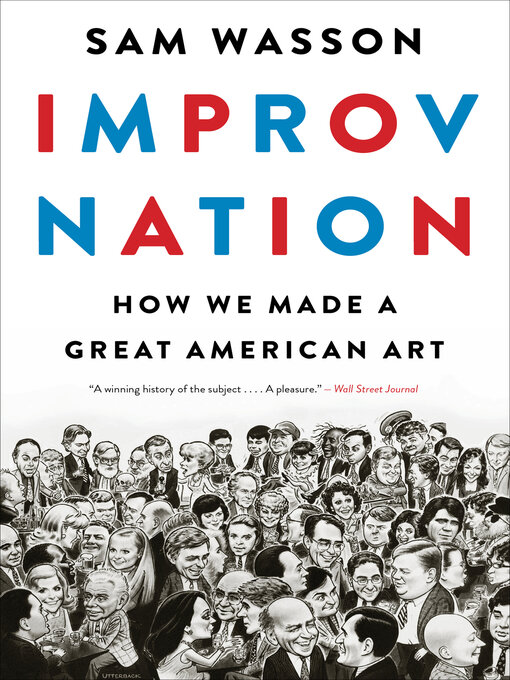A finalist for the 2017 George Freedley Memorial Award
"A compelling, absolutely unputdownable story . . . And, in case you're wondering, yes, the book is funny. In places, very funny. A remarkable story, magnificently told." — Booklist
In this richly reported, scene-driven narrative, Sam Wasson charts the meteoric rise of improv from its unlikely beginnings in McCarthy-era Chicago. We witness the chance meeting between Mike Nichols and Elaine May, hang out at the after-hours bar where Dan Aykroyd hosted friends like John Belushi, Bill Murray, and Gilda Radner, and go behind the scenes of cultural landmarks from The Graduate to The Colbert Report. Along the way, we befriend pioneers such as Harold Ramis, Chevy Chase, Steve Carell, Amy Poehler, Alan Arkin, Tina Fey, Judd Apatow, and many others. Wasson shows why improv deserves to be considered the great American art form of the last half century.
"One of the most important stories in American popular culture . . . Wasson may be the first author to explain [improv's] entire history . . . For that reason alone, it's a valuable book." — New York Times Book Review
"A compelling history . . . It holds the element of surprise—true to the spirit of its subject." — Entertainment Weekly



